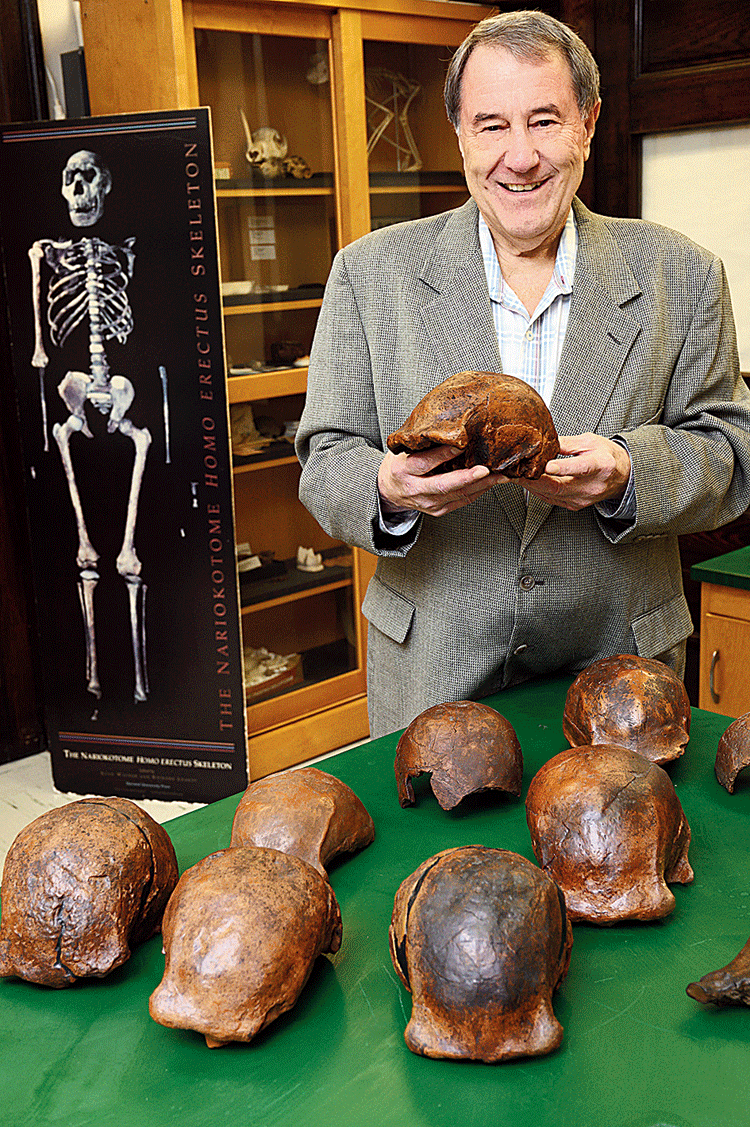Scientists have identified a site named Ngandong near a river on the Indonesian island of Java as the last known settlement of the Homo erectus, an ancestral extinct human species that lived there up to around 108,000 years ago.
An international team of scientists has time-stamped the site by dating animal fossils from the same bone bed where Homo erectus skull caps and leg bones had been found earlier. Their findings have been published in the journal Nature.
Paleontologists believe the Homo erectus dispersed out of Africa into Asia around two million years ago and vanished from almost every other place by around 400,000 years ago, except in Java. The new study has indicated that the Homo erectus continued in Ngandong up to 117,000 to 108,000 years ago.
“This site (marks) the last known appearance of the Homo erectus anywhere in the world,” Russel Ciochon, professor of anthropology at the University of Iowa and co-author of the study said in a media release. “We can’t say we have dated the extinction, but we dated its last occurrence. We have no evidence for the Homo erectus living later than that anywhere else.”

The Solo river in Java
The Homo erectus remains were first found at the Ngangdong site in the 1930s by Dutch surveyors. Ciochon led a 12-member team that conducted fresh excavations in 2008 and 2010 and collected 867 animal fossil fragments in the Homo erectus bone bed. The scientists also determined when the Solo river began coursing through the Ngandong site.
Earlier research by Ciochon had indicated that the Homo erectus had arrived on the island of Java by 1.6 million years ago. Geological studies of the area suggest that the terrain then was mostly grassland, abundant in plants and animals, similar to the environment in Africa where the species had emerged.
However, the studies suggest that around 130,000 years ago, the environment at Ngandong began to change — from open country grassland to tropical rainforests. “These were not the plants and animals that the Homo erectus was used to and the species could not adapt,” Ciochon said.
The fossil evidence suggests that modern humans, or the Homo sapiens, also emerged in Africa around 200,000 years ago and likely coexisted for thousands of years with two other ancestral and now extinct species — the Neanderthals and the Denisovans.










